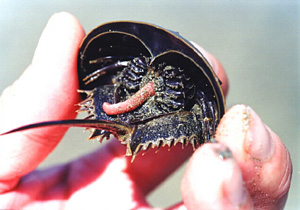

And what is that secret superpower? Their blood. But beneath their unassuming catcher’s-mitt shell, they harbor a half-billion-year-old secret: a superpower that helped them outlive the dinosaurs and survive all the Earth’s mass extinctions. Our understanding of arthropod phylogeny is quite unresolved and finding concrete answers to this problem will have important consequences for understanding biodiversity.Horseshoe crabs are not much to look at. Such animals include horseshoe crabs (or king crabs), scorpions, velvet worms, leptostracan 'shrimps' and wingless insects, such as silverfish.

To improve the chances of finding clues to these early branches, researchers study the phylogenies of each arthropod group and then choose only those animals that are most likely to provide information about their ancestors. The Australian Museum is in a unique position to tackle the problem of arthropod phylogeny because it has specialists in all major groups of arthropods.Īnimals living today have a great deal of evolution behind them, so finding information about the deep-branches in the arthropod phylogenetic tree is difficult.

The new technology used by the researchers included: DNA sequencing, electron microscopy and computer-aided phylogenetic analysis. They have attempted to resolve the problems of arthropod phylogeny by re-examining available information using new technology and by studying some recently discovered Cambrian fossils. Researchers at the Australian Museum have been studying the relationships between groups of arthropods. Scientists have proposed many conflicting ideas about how arthropods evolved and diversified. Arthropods DistributionĪlthough arthropods are everywhere, we do not know how the different groups are related. Arthropods exist today because they have successfully adapted to changing environments during this long period of time. Their ancestors originated 530 million years ago in Cambrian oceans - at a time that is still only incompletely understood. Arthropods have been around for a long time.


 0 kommentar(er)
0 kommentar(er)
